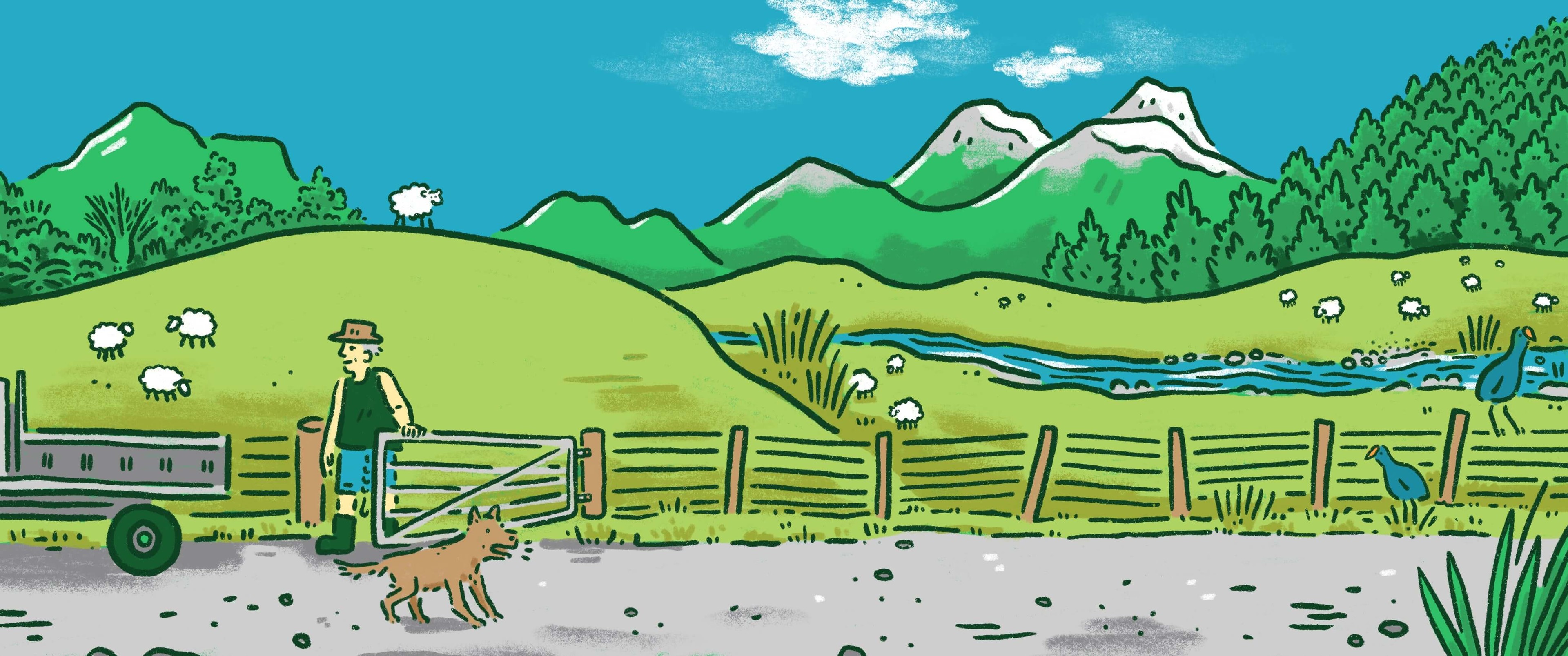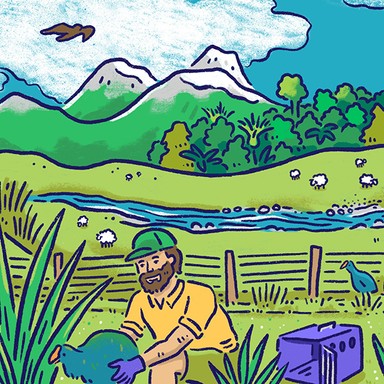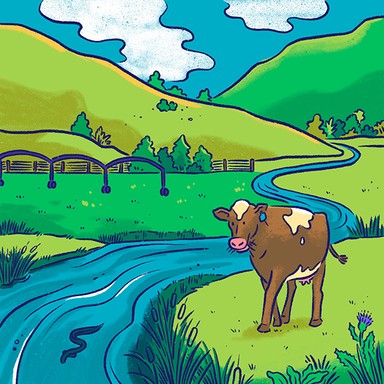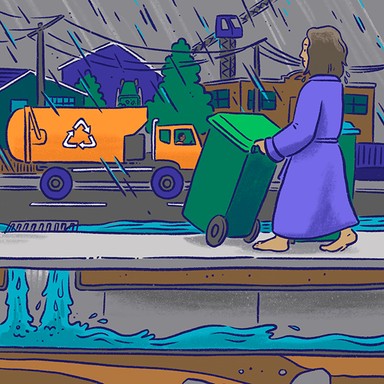
Environment Canterbury

Environment and biodiversity
Protecting the environment and managing natural resources is a key responsibility of regional councils. Regional councils are often also involved in pest control and resource management.

Environment and biodiversity
Protecting the environment and managing natural resources is a key responsibility of regional councils. Regional councils are often also involved in pest control and resource management.
Increase funding for maintaining and/or restoring native biodiversity and pest management.
Maintain services around reducing pollution and ensure environmental incidents are dealt with in a timely way.
Promote native and regenerating bush, especially on farmland that is economically marginal. Create a network of bush corridors.
Proactively publish data on key environmental indicators, such as air and water quality, in a way that is accessible to the general public.
Encourage schemes that will divert as much waste away from landfills as possible, including recycling, food waste recovery, cloth nappies.
Support local organisations, iwi and landowners to protect and restore native forests and wetlands with fencing, planting and pest control.
Increase marine habitat protection by preventing harmful fishing practices and avoiding excess nutrient and sediment inputs from land.
Improve braided river habitats by giving the rivers more room to meander, more weed removal, predator control and increasing minimum flows.
Partner with other agencies and groups for greater planning and implementation of environmental projects, like plantings, clean ups, etc.
Champion innovative methods to progress biodiversity projects and share around the successes to other projects to ensure more happens.
Empower the public to access information and resources to help them learn and get involved in projects so they can support by doing locally.
Increase funding for maintaining and/or restoring native biodiversity and pest management.
Maintain services around reducing pollution and ensure environmental incidents are dealt with in a timely way.
Promote native and regenerating bush, especially on farmland that is economically marginal. Create a network of bush corridors.
Proactively publish data on key environmental indicators, such as air and water quality, in a way that is accessible to the general public.
Encourage schemes that will divert as much waste away from landfills as possible, including recycling, food waste recovery, cloth nappies.
Support local organisations, iwi and landowners to protect and restore native forests and wetlands with fencing, planting and pest control.
Increase marine habitat protection by preventing harmful fishing practices and avoiding excess nutrient and sediment inputs from land.
Improve braided river habitats by giving the rivers more room to meander, more weed removal, predator control and increasing minimum flows.
Partner with other agencies and groups for greater planning and implementation of environmental projects, like plantings, clean ups, etc.
Champion innovative methods to progress biodiversity projects and share around the successes to other projects to ensure more happens.
Empower the public to access information and resources to help them learn and get involved in projects so they can support by doing locally.
Mayor
Compare the mayoral candidates in your area
Local council
Compare the candidates for your city or district council
Regional council
Compare the candidates for your regional council
Local board
Compare the candidates for your local or community board






